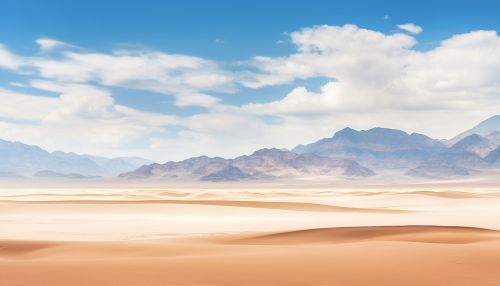Death Valley National Park
Geography
Death Valley National Park, located in the U.S. states of California and Nevada, is the largest national park in the lower 48 states and has been declared an International Biosphere Reserve. Approximately 91% of the park is a designated wilderness area. It is the hottest, driest and lowest of all the national parks in the United States. The park is home to many species of plants and animals that have adapted to this harsh desert environment.


Climate
The park has a desert climate with long, extremely hot summers; short, mild winters; and little rainfall. The annual average rainfall is less than 2.5 inches. The park experiences extreme heat during the summer months, with temperatures exceeding 120 degrees Fahrenheit.
Geology
The park's geology is complex and includes a variety of rock formations, including sedimentary rocks, igneous rocks, and metamorphic rocks. The park is also home to a variety of geologic features, including canyons, sand dunes, salt flats, and mountains.
Flora and Fauna
Despite its harsh conditions, Death Valley National Park is home to a variety of plant and animal species. The park's flora includes a variety of desert plants, including the creosote bush, Joshua tree, and various species of cacti. The park's fauna includes a variety of mammals, birds, reptiles, and insects. Some of the park's most notable species include the coyote, bighorn sheep, and the Death Valley pupfish, a species endemic to the park.
Human History
The park has a rich human history, dating back to the Native American tribes that first inhabited the area. The park has been home to several Native American tribes, including the Timbisha tribe, who have lived in the area for more than a thousand years. The park was also the site of the California Gold Rush in the mid-19th century, which brought a wave of miners and settlers to the area.
Recreation
Death Valley National Park offers a variety of recreational activities, including hiking, camping, bird watching, and stargazing. The park's vast wilderness areas and dark skies make it a popular destination for stargazing. The park also offers a variety of ranger-led programs and tours.
Conservation
The park is managed by the National Park Service, which works to preserve and protect the park's natural and cultural resources. The park's management plan includes efforts to protect its unique desert ecosystem, preserve its historic sites, and provide recreational opportunities for visitors.
